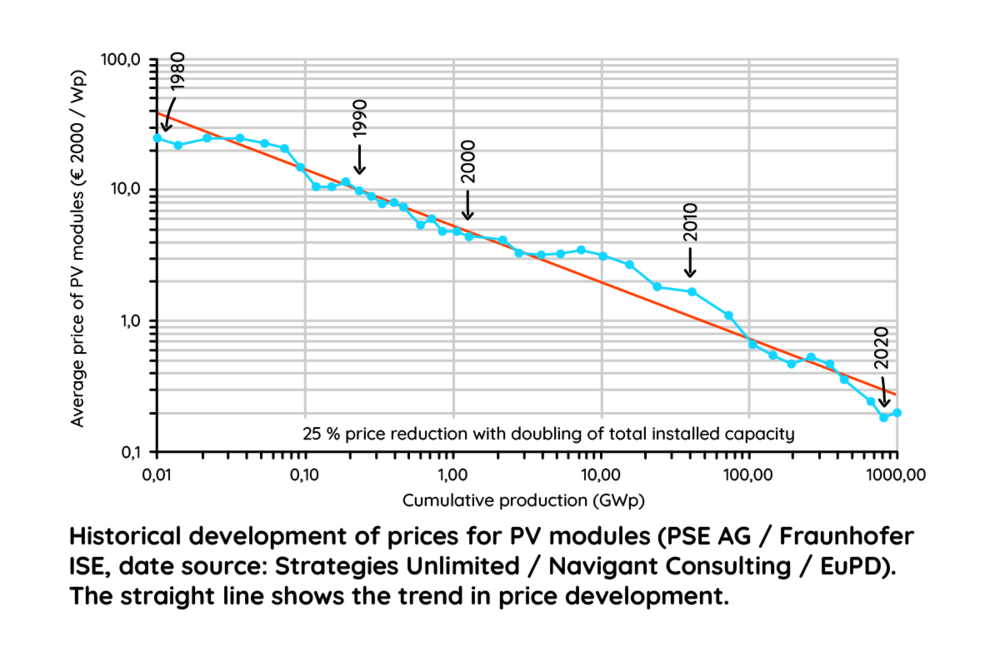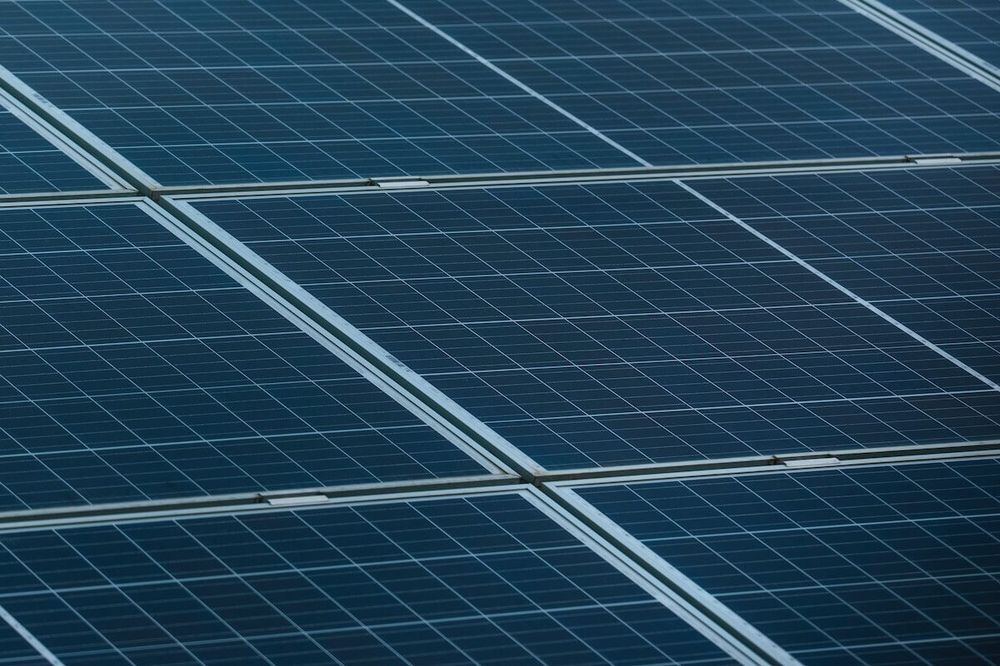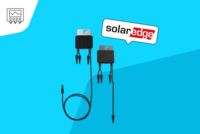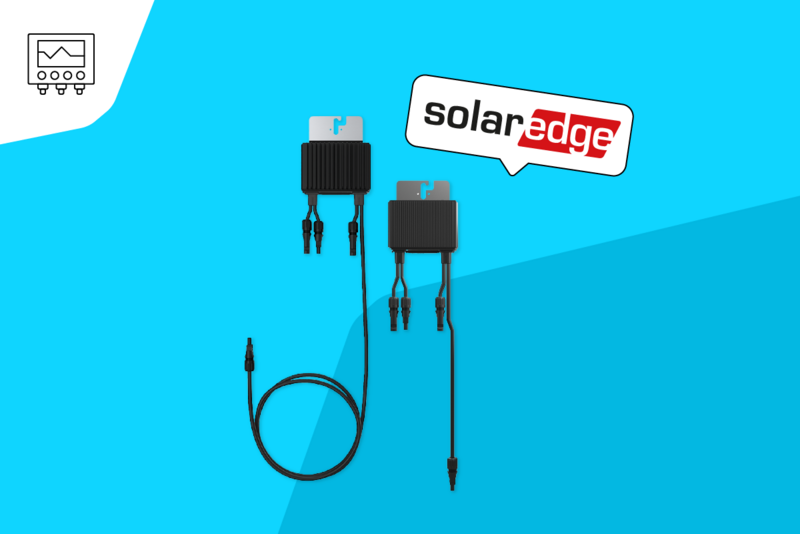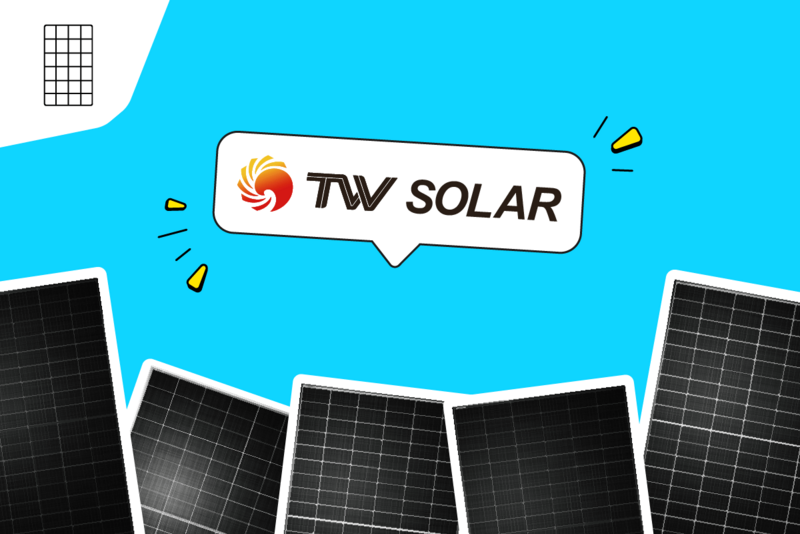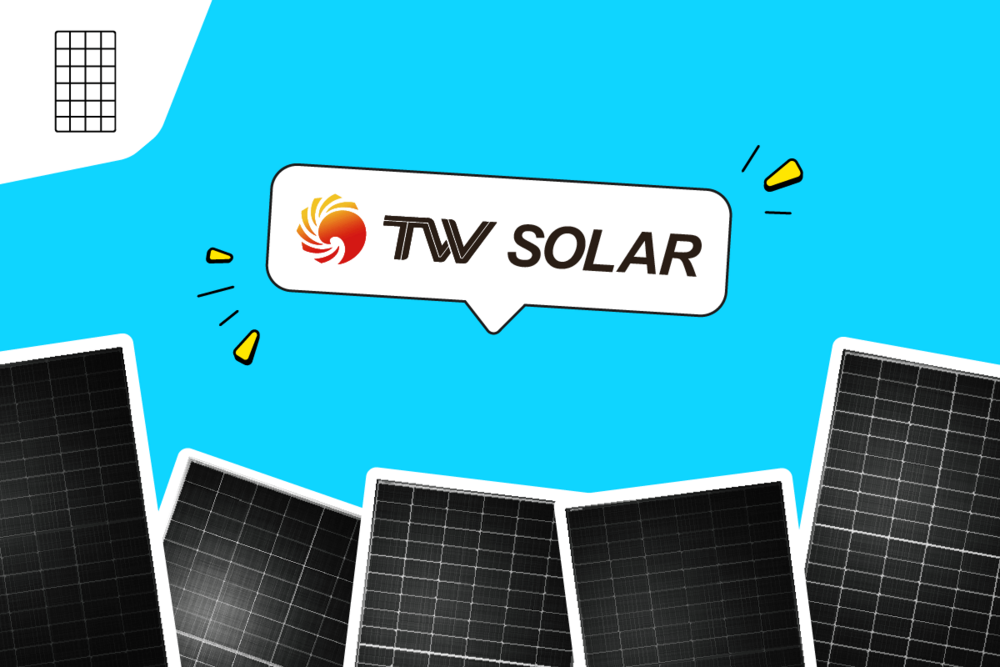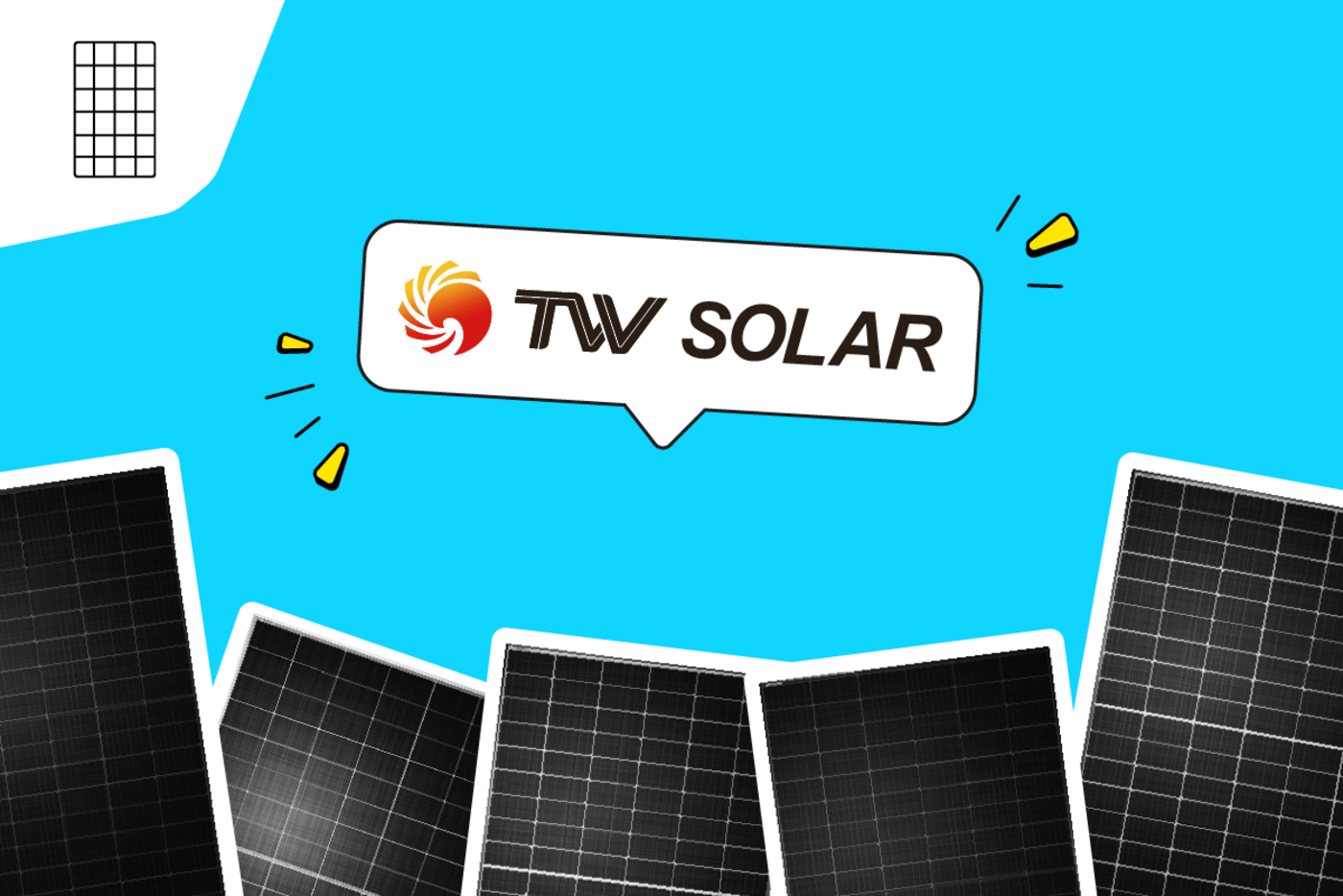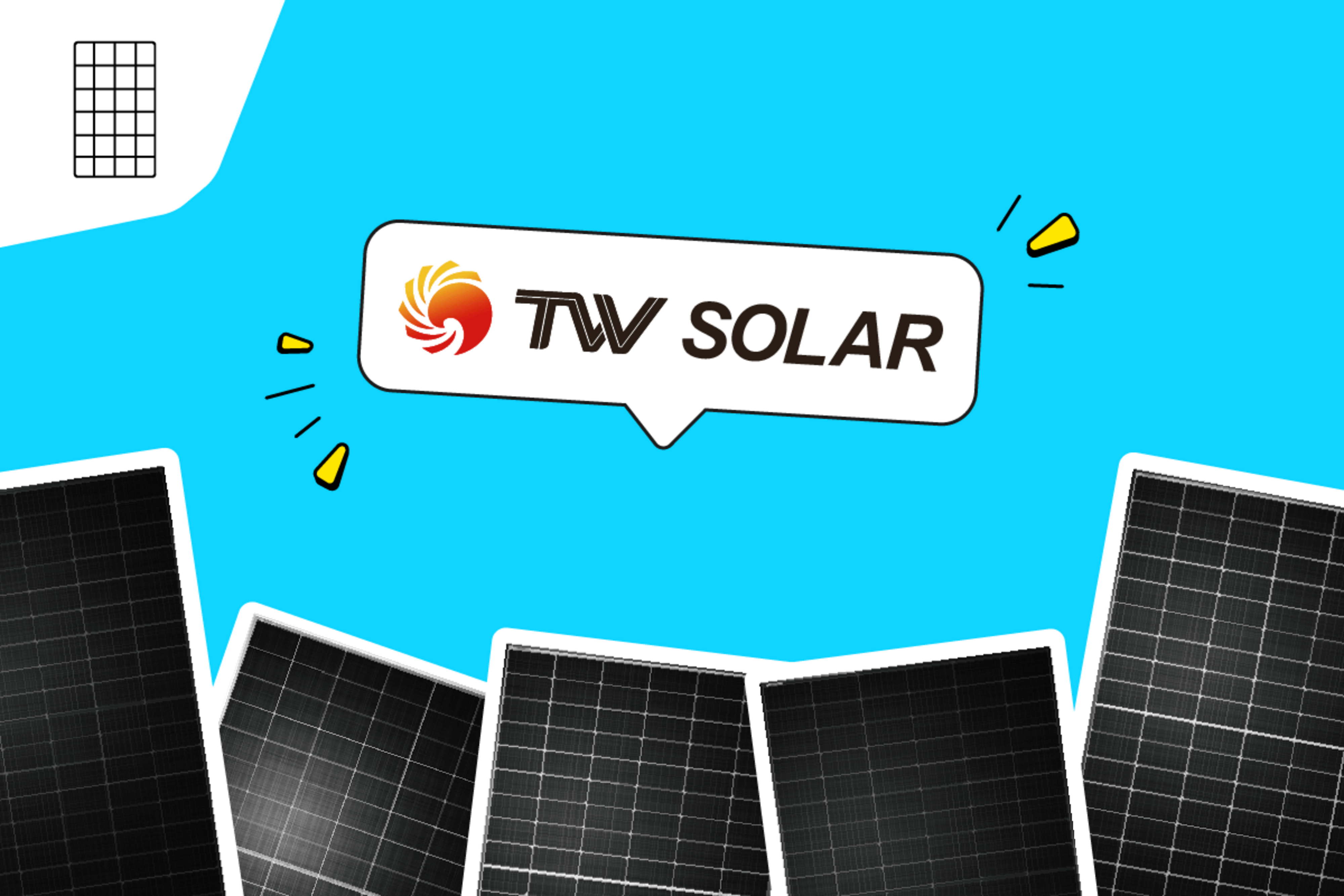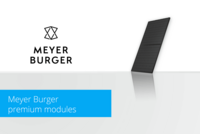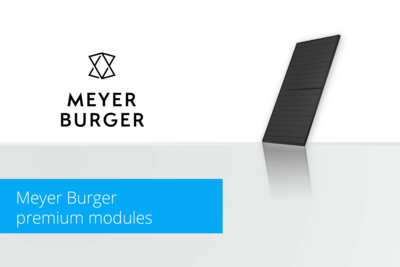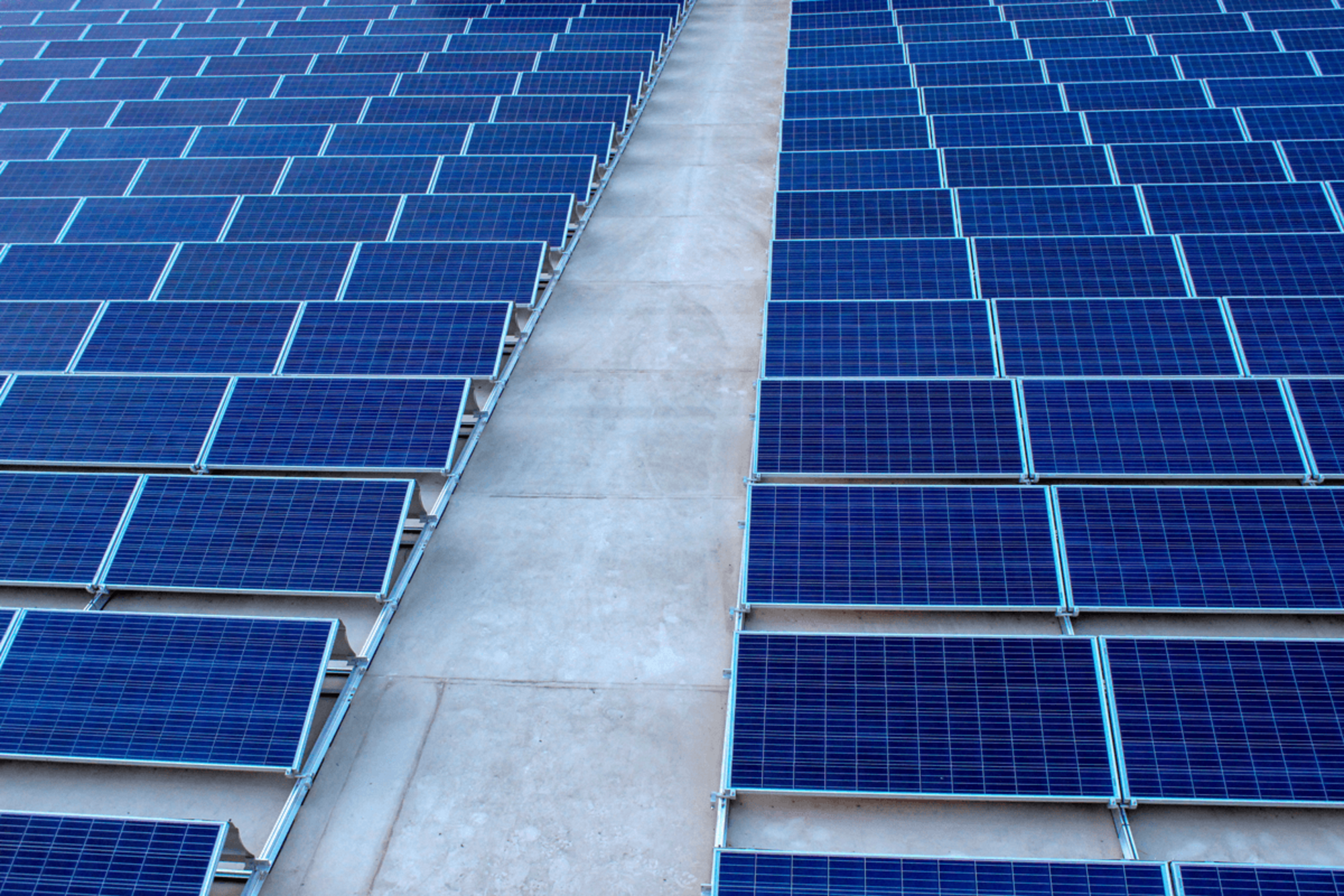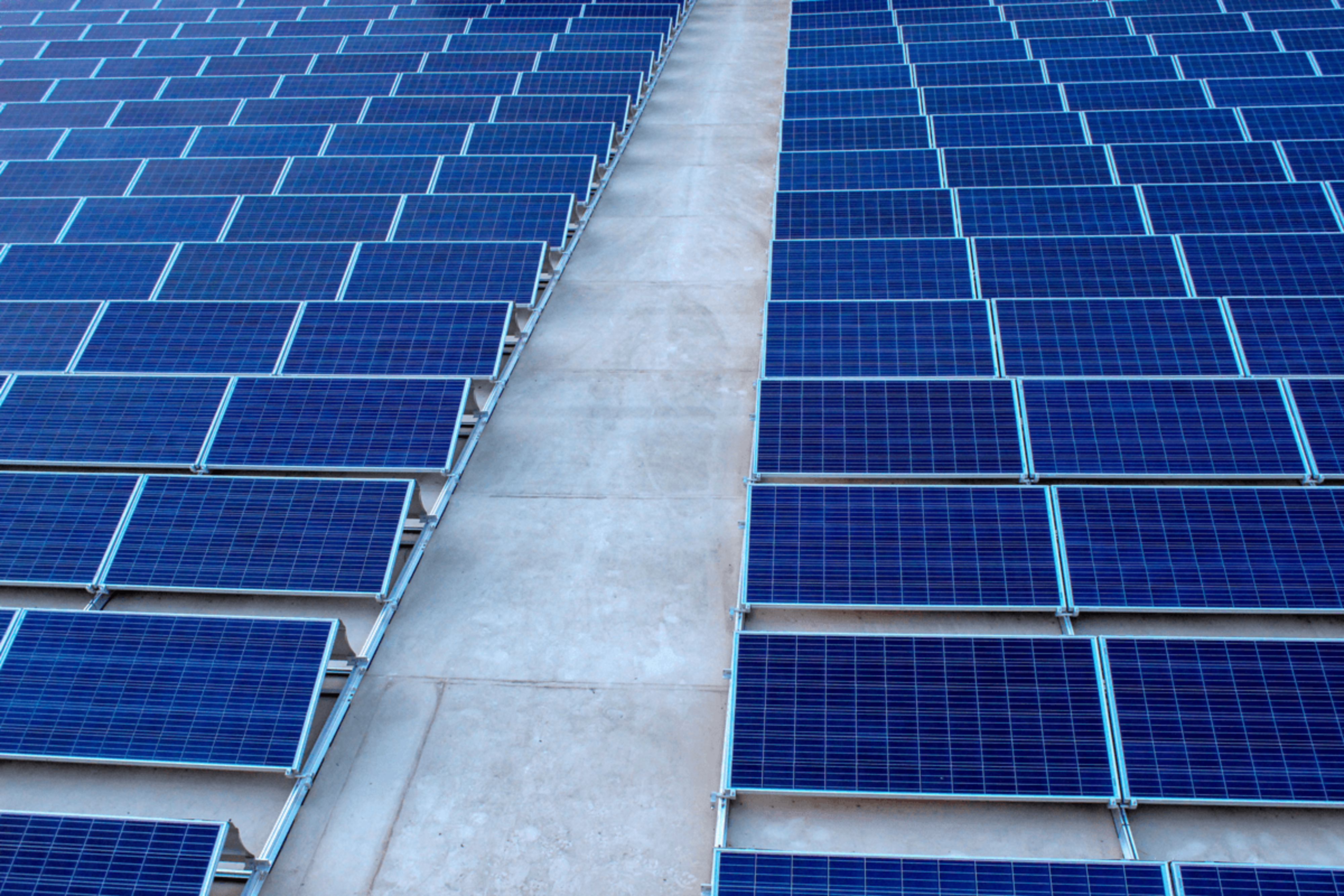Yesterday, today, tomorrow: the evolution of the solar cell

It all began in 1839 with the discovery of the photoelectric effect. However, it was not until a century later, in 1954, that the first solar cell was unveiled. Despite this relatively prolonged period to transform solar modules into a mainstream industrial product, human intrigue and captivation with the sun's boundless energy potential persisted and fuelled the drive for development. In this article, we delve into the historical journey and envision the promising pathways that lie ahead in the future.
The discovery of solar cells:
The first application area for solar cells was aptly of extraterrestrial nature. They were used to ensure the energy supply of satellites. However, it was not only human curiosity that was responsible for the continuous research in the subsequent period. Significant events like the Chernobyl reactor accident served as catalysts, impressing upon society the urgency of seeking new energy alternatives for a sustainable future.
In the early 1990s, pivotal programs were initiated to promote the expansion of photovoltaic (PV) systems. This led to a surge in production quantities, resulting a swift decline in solar module prices. Remarkably, today, the cost per watt peak (Wp) has reduced significantly, presenting a stark contrast to the prices observed four decades ago.
So, what’s up, solar cell?
For a long time, the Al-BSF solar cell (Aluminum-Back Surface Field) was considered the 'standard solar cell.' However, these cells were superseded when the PERC cell took market dominance. Presently, a notable shift is underway as the TOPCon cell gains traction and begins to displace the PERC cell. As we progress, new and promising technologies are making their mark in the market. But let's explore these advancements step by step...
The Al-BSF "standard solar cell" mentioned above has not been utilized as such in everyday applications for many years. In recent decades, the PERC technology (Passivated Emitter and Rear Cell) has taken the lead. Compared to the standard cell, the PERC cell, featuring a passivated emitter and rear surface, offers a significantly better light yield. Sunlight that remains unused is effectively reflected back into the cell at the passivated rear surface, ultimately converting into electrical current. Consequently, the efficiency of PERC cells surpasses that of standard solar cells.
Modules with TOPCon cells have been in the market for several years and are playing an increasingly important role. The technology was developed by the Fraunhofer Institute for Solar Energy Systems (ISE) in Freiburg. TOPCon, which stands for "Tunnel Oxide Passivated Contact," introduces an additional layer that allows electrons to penetrate while silicon atoms cannot, effectively mitigating recombination. Compared to PERC cells, TOPCon cells can achieve higher efficiencies. Moreover, TOPCon cells show reduced degradation, increased tolerance to high temperatures and better performance in diffuse light conditions. Despite being a relatively recent technology, it has reached to a stage of mass production, where it is competitive in terms of pricing.
What’s more?
In addition to these two "big players," there are other cell technologies which are also present in the market.
At the forefront stands heterojunction technology, finely tuned for mass production by the esteemed manufacturer Meyer Burger. The Greek term "hetero" translates to "different" or "varied," hinting at the core of this technology. Heterojunction cells combine different cell types, namely monocrystalline silicon and thin film. By carefully depositing an amorphous silicon layer on top of crystalline silicon wafers, a cell is created that harmoniously combines the increased efficiency of crystalline silicon wafers with the unwavering stability of thin-film cells, skilfully overcoming temperature fluctuations.
Since the cells on the front and back are nearly identical, they exhibit an exceptional bifaciality factor. This means that the cells generate electricity on the rear side of the module as well, achieving higher efficiencies compared to TOPCon or PERC models. Moreover, heterojunction cells embody sustainability at their core, demanding less material and embracing a more energy-efficient production process. The German manufacturer, Meyer Burger, has gone the extra mile by entirely removing lead from their modules. Additionally, they diligently source the majority of their materials from Europe, and their production is powered by green energy.
The TOPCon challengers
A rising trend in the solar market is the growing popularity of IBC cells, or Interdigitated Back Contact cells, distinguished by their interdigitated rear contacts. This technology is occasionally misattributed to Maxeon, a manufacturer that indeed played a crucial role in its development. However, today, there are various manufacturers are leveraging advancements in IBC technology for their cells. For instance, AIKO has introduced its proprietary ABC technology (All Back Contact-Technology), and LONGi has pioneered HPBC modules (Hybrid Passivated Back-Contact Cell).
What makes this technology exceptionally intriguing for many manufacturers is its potential to achieve significantly higher efficiencies. IBC-based cells position all contacts at the back of the cell, minimizing shading on the front surface. An attractive side effect of this design is the modules' aesthetically pleasing homogeneous blue or black appearance. Apart from their high efficiency, IBC cells stand out for their very low degradation and temperature coefficients. Some experts even anticipate that IBC technology could even compete with TOPCon in the market in the coming years. For this to happen, however, the complex and thus costly manufacturing process of the modules still needs to be optimised.
Looking ahead in the future: Addressing the cost challenge, research focuses, and emerging technologies.
Considering the mentioned developments and their implications for the future of solar cells, three theses can be put forward.
- Prices will decrease.
- Efficiency will continue to rise.
- New and promising technologies will continue to emerge.
Lowering costs
Advancements in production and technology are pivotal in reducing module prices. Given the high demand, the expansion of production capacities will continue, leading to lower manufacturing costs. The global photovoltaic (PV) market has experienced remarkable growth, particularly in China, over recent years. More and more suppliers are entering this lucrative market, intensifying competition and thus automatically resulting in better quality and lower prices.
Regarding the price factor, the issue of raw materials also plays a crucial role. Successful initiatives have already substantially reduced raw material consumption during production, consequently lowering material costs. This trend is set to persist, especially in technologies like HJT or ABC, where significantly less silver is needed compared to older technologies.
While it's also true that the development of production technologies has been rapid in recent years, with the result that the potential for optimisation has now been largely exhausted. Certainly, we will no longer see the same kinds of massive differences the last 40 years. Nevertheless, the above-mentioned aspects are so impactful that we can expect module prices to decrease in the future.
High efficiency
The ISE in Freiburg is one of the most important research institutes in the field of photovoltaics. In ISE's in-house center for highly efficient solar cells, efficiency records have recently been set for both-sided contacted silicon solar cells (26%) as well as for quadruple-junction solar cells (47.6%). However, this progress is not limited to ISE; intensive research is conducted worldwide. With the goal of converting as much solar energy as possible into light, research continuously enhances the efficiency of modules. Recently, AIKOs N-Type ABC module set a new market record with over 24% efficiency.
Another subject of current research and crucial for efficiency is the improved utilization of the light spectrum. A notable advancement in this realm comes from the Tandon School of Engineering at New York University, which has developed a special film that converts ultraviolet and blue light into near-infrared light. Currently, ultraviolet and blue light are not usable because solar cells reflect them. Conversion into infrared light would increase efficiencies, as more sunlight could be used. This approach could also extend the lifespan of the cells since UV light accelerates module degradation.
What lies ahead
One of the emerging technologies being extensively researched by Meyer Bruger is the perovskite solar cell. Perovskite is a ferroelectric mineral composed of organic and inorganic materials that acts like a semiconductor. Remarkably, perovskite solar cells in the laboratory have already demonstrated efficiencies comparable to, and in some cases exceeding, those of crystalline silicon solar cells. However, the technology is currently very unstable in the face of environmental influences such as air and humidity. These solar cells are still a bit away from market readiness.
Nevertheless, the technology is very promising because the base material is significantly cheaper compared to silicon. Moreover, the reduced material demands in the production of Perovskite solar cells contribute to lowered manufacturing costs. But that's not all: the energy required for perovskite cell production is also lower, which has a positive effect in terms of costs. Researchers at the University of Applied Sciences for Engineering and Economics in Berlin (HTW) anticipate that Perovskite solar cells could reach market readiness in 5 to 10 years.
Another interesting technology is organic photovoltaics. It has the potential to generate electrical energy in an even more environmentally friendly manner. The semiconductors in this technology consist of hydrocarbon compounds, and the cells themselves are much thinner than silicon cells. This not only makes the technology resource-efficient but also eliminates the need for critical elements like lead. Moreover, the manufacturing process is much simpler, leading to a significant reduction in the modules' CO2 footprint. Given that these are carbon-based compounds, semiconductor production from CO2 recovery is also conceivable for the future.
The cells are also extremely flexible and bendable, making them the ideal solution for a variety of applications that require strong resilience. Thanks to their inherent versatile optical properties, they seamlessly adapt to various light spectra, including artificial light. As a result, envisioning transparent cells mounted on windows or integrated into architectural designs is entirely feasible.
Combination solutions: bearer of hope?
Due to the low stability of perovskite solar cells, researchers are now directing their efforts towards the development of tandem solar cells. The principle is based on combining various cell technologies. In the best case, this approach minimizes the specific weaknesses while preserving the strengths of each technology. HJT technology is a very successful example of the tandem technology principle.
One way of making perovskite cells more stable would be to combine them with silicon solar cells. One advantage is that the different cell components could then absorb different wavelengths. While the silicon components would absorb long-wave red and infrared waves, the perovskite cells would be more efficient in the blue spectrum.
In a test conducted by the Helmholtz Centre Berlin, such tandem cells made of perovskite and silicon achieved a record efficiency of 32.5% in December 2022. The problem is that this value was only achieved on an area of 1 cm². The focus of research is therefore now on achieving such results on larger areas of 100 cm² or more, where efficiency is currently around 22.5%. This is roughly the range in which a typical silicon solar cell operates.
Conclusion
As in the past, the world of solar modules will continue to evolve over the coming years. As part of this evolution, technologies will become more affordable, efficiencies will continue to increase, and new technologies will emerge that will reinvigorate and drive the PV market.

